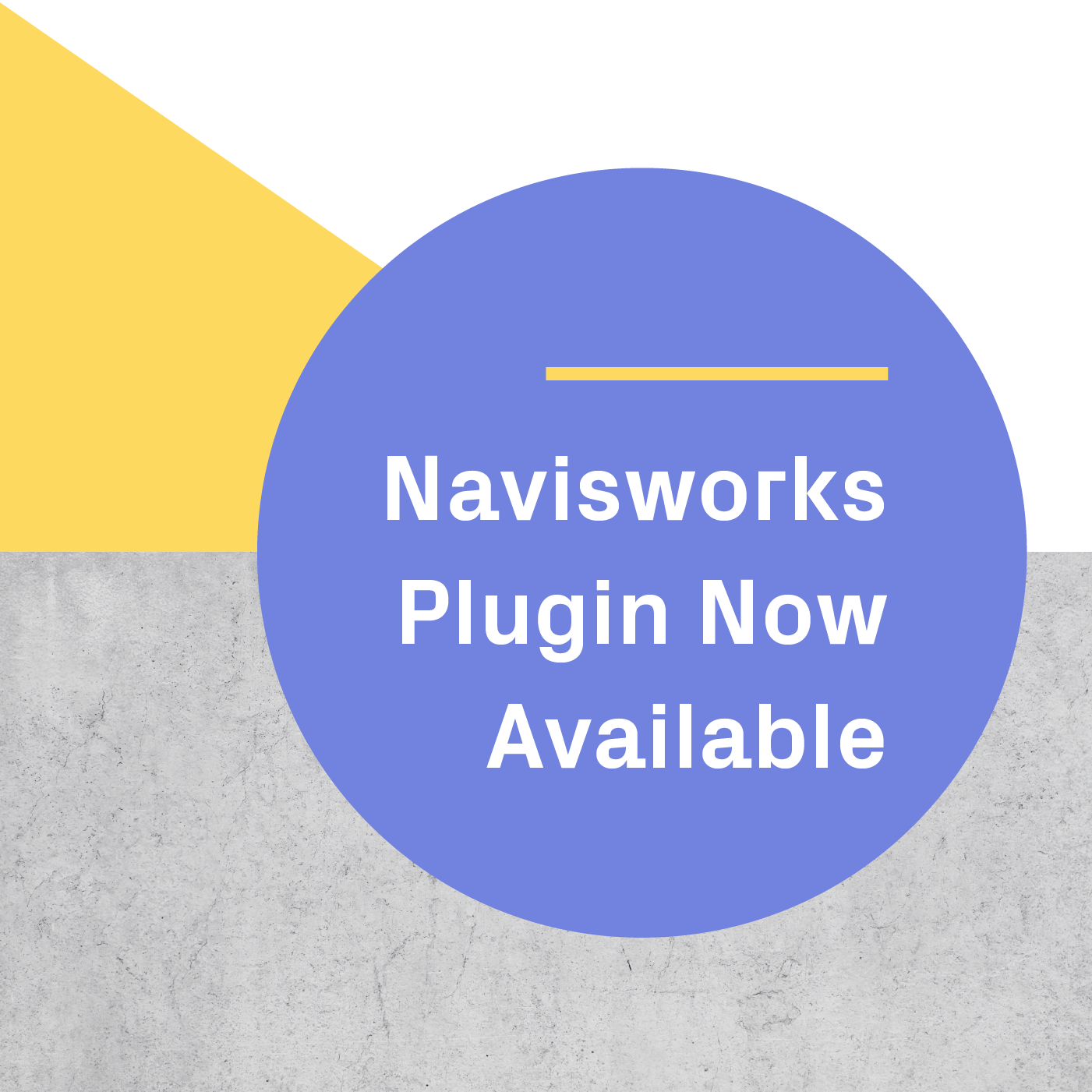Communicating your design vision to clients and stakeholders is one of the most crucial moments for your project. Generating interest and excitement is not only what moves things forward, but it helps build solid relationships that can turn into repeat business for your firm.
There are times when you’ll need to take your VR experience out of your office and on-site with clients. If you’re planning on traveling with your headset often, here are our best tips and tricks for ensuring every trip is easy and stress-free.
*Update as of 5/22/19*: Prospect is now also available on the Oculus Quest, Facebook's first true standalone VR headset - no desktop computer required. Prospect for Quest is perfect for reviewing smaller 3D models and files in a portable, wireless setting; it offers VR experiences that are mostly comparable to a desktop setup combined with the mobility and accessibility of a smartphone setup. Learn more about the headset and our integration with it here.
Computer-powered VR vs smartphone-powered VR: picking the right experience
What you need to pack depends entirely on what VR headset you have at your office or plan to purchase. VR experiences are either powered by a computer (desktop or laptop) or a mobile phone. If you already have a VR headset, keep scrolling to find the packing list.
The difference between these two types of experiences lies in level of immersion and the price of hardware. Computer-powered VR offers an extremely immersive and true-to-scale experience; it allows you to interact with and walk through your 3D model. By contrast, smartphone-powered VR provides a static, 360° panoramic view of your 3D model, so the experience is incredibly different. Because of this, the hardware for computer-powered VR is more expensive, and it’s our choice for those really looking to invest in virtual experiences.
For computer-powered VR, we recommend the HTC Vive or Oculus Rift headsets. The HTC Vive offers a slightly more intuitive experience in VR, using external sensors to track participants’ standing position and movement in a 6 ft x 6 ft play area. The Oculus Rift can be used both standing or seated, making it a good option for those with space constraints or who want to set up VR at a desk or table.
If you’re looking for a more budget-friendly option, smartphone-powered VR is the way to go. We recommend using a Samsung Gear VR, Google Daydream, or Google Cardboard. With any of these headsets, you will have a smooth, quality experience in VR that’s relatively easy and light to set up.
Packing a portable VR demo kit for all your on-site client meetings
Whatever headset you choose, having everything you need ready to go will make your life easier when it comes time for your meeting. At our office, we keep backpacks that are always ready to travel to demos. Below, we’ve broken down the necessary items you’ll need depending on which headset you have.
Computer-Powered VR
For computer-powered VR, the packing list varies for each headset type.
Oculus Rift Demo Kit:
- Oculus Rift headset
- Prospect
- Laptop with a powerful GPU (you can find our recommendations here)
- Touch controllers
- Sensors
- Lens cleaning wipes (we like these ones from Zeiss)
- Sanitizing hand wipes (we like these ones from Purell)
- If you anticipate issues with wifi, you might also want to bring a mobile hotspot (Multiuser Meetings will work with hotspots and have also worked with phone wifi in the past)
HTC Vive Demo Kit:
- HTC Vive headset
- Prospect
- Laptop with a powerful GPU (you can find our recommendations here)
- Touch controllers
- Sensors
- Lens cleaning wipes (we like these ones from Zeiss)
- Sanitizing hand wipes (we like these ones from Purell)
- If you anticipate issues with wifi, you might also want to bring a mobile hotspot (Multiuser Meetings will work with hotspots and have also worked with phone wifi in the past)
Keep in mind that for virtual reality demo using an HTC Vive, you need to be sure your meeting room has enough space to set up an area for the VR experience, at least 6 ft x 5 ft. Even though this space isn’t technically something you can “pack” (hence it’s exclusion from the list), checking out the room and asking if you’ll have enough space should definitely be on your pre-meeting to-do list.
Smartphone-powered VR
For smartphone-powered VR, you need to make sure your headset is compatible with the phone - Google and Samsung headsets each work with different devices.
For Daydream VR, compatible phones include the Google Pixel 2, Galaxy S8 and S8+, ZenFone AR, LG V30, Galaxy Note8, and more.
For a Samsung Gear VR, users need a Galaxy S9, S9+, Note8, S8, S8+, S7, S7 Edge, Note5, S6, S6 Edge, S6 Edge+, A8, and A8+.
If you’re looking to use your iPhone, your best bet is a Google headset, specifically a Google Cardboard.
No matter what headset you have, you’ll want to be sure to bring the below items.
Smartphone-powered VR packing list:
- Google Cardboard, Daydream, or Samsung Gear VR headset
- Scope
- Your smartphone
- Phone charger
- Lens cleaning wipes (we like these ones from Zeiss)
- Sanitizing hand wipes (we like these ones from Purell)
- Extra Google Cardboards - these are a great gift to leave behind at your client's office!
You're ready to go!
Once you have your VR kit all packed up, you can keep it ready in your office as a go-to addition to any design review meeting. Now you can be sure you’re prepared for any last minute client calls or presentation - just grab your bag, walk out the door, and wow your clients every time.
Share your VR demo kit must-haves with us on Twitter by tweeting at @irisvr_inc and we'll add it to the list!
Just getting started with VR? Start a free trial of Prospect today.
.png?width=212&name=Prospect%20by%20IrisVR%20Black%20(1).png)
